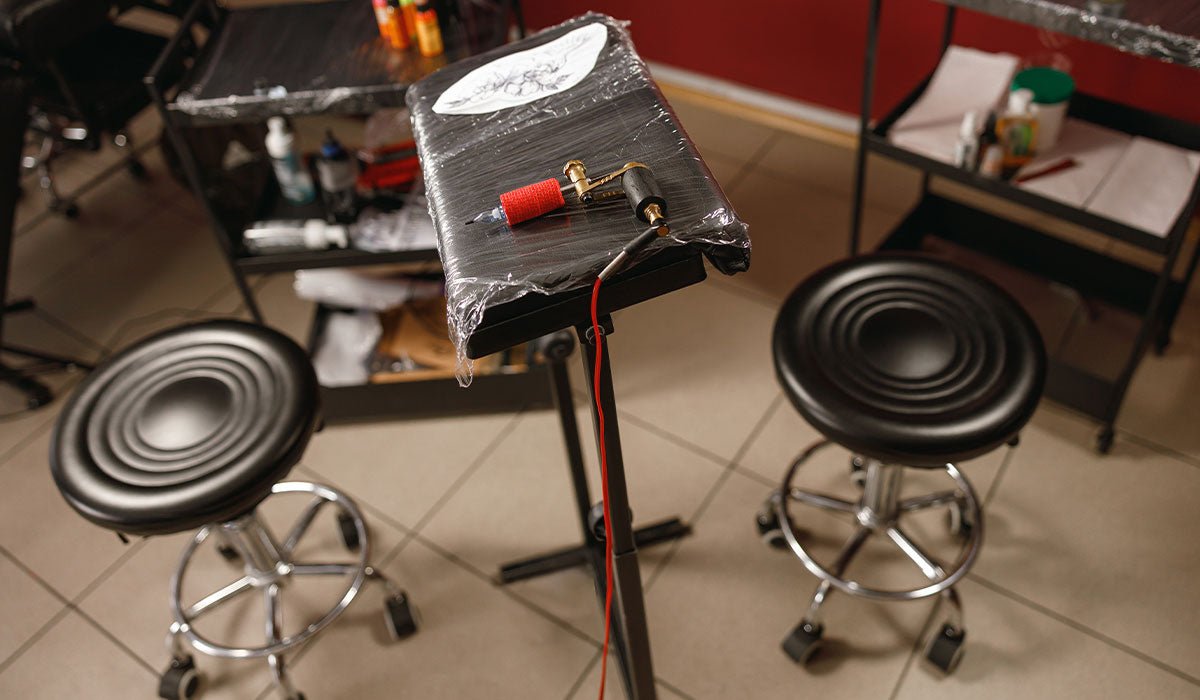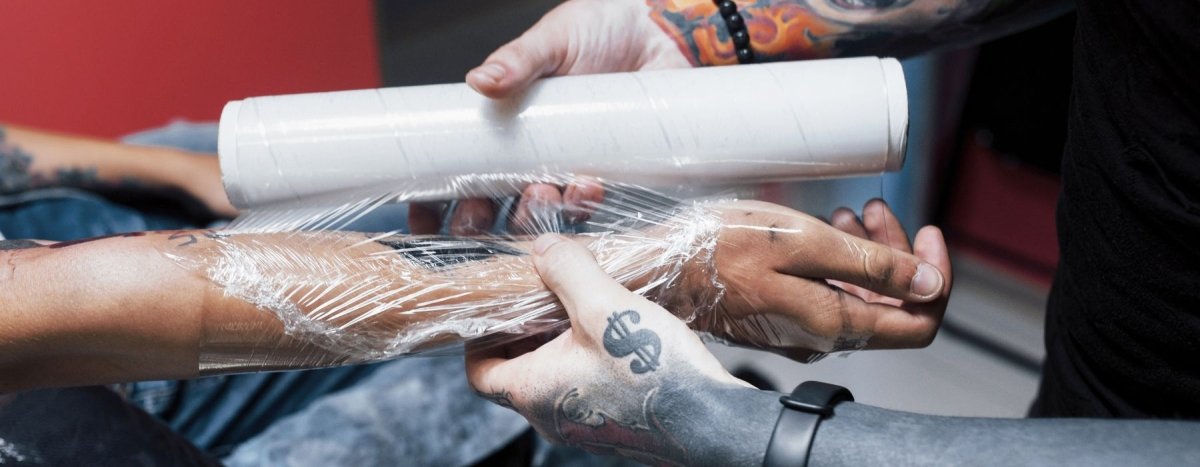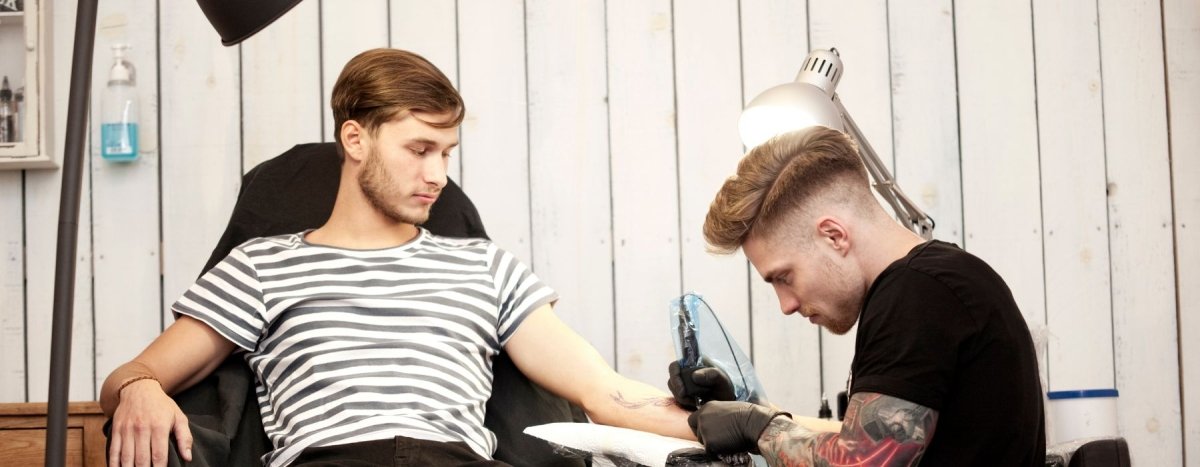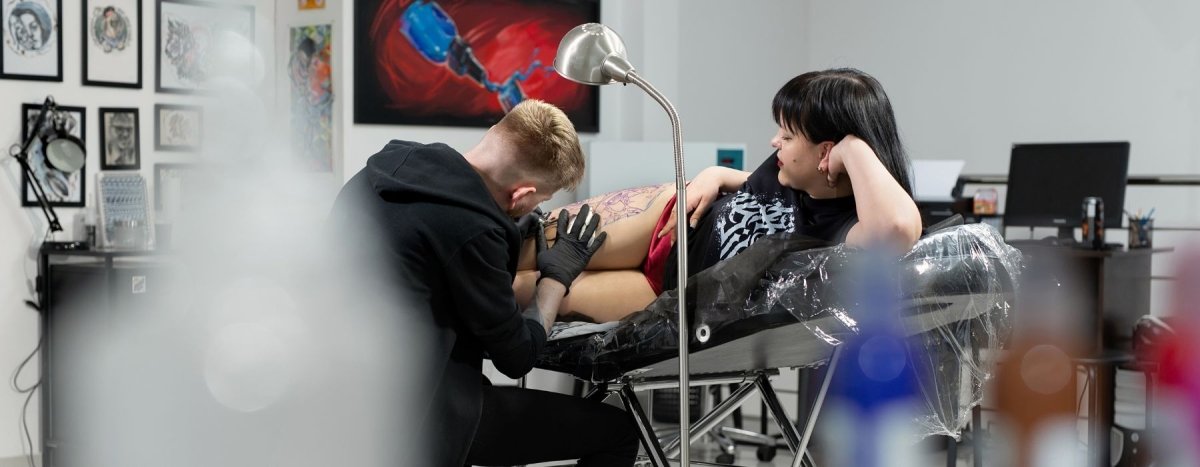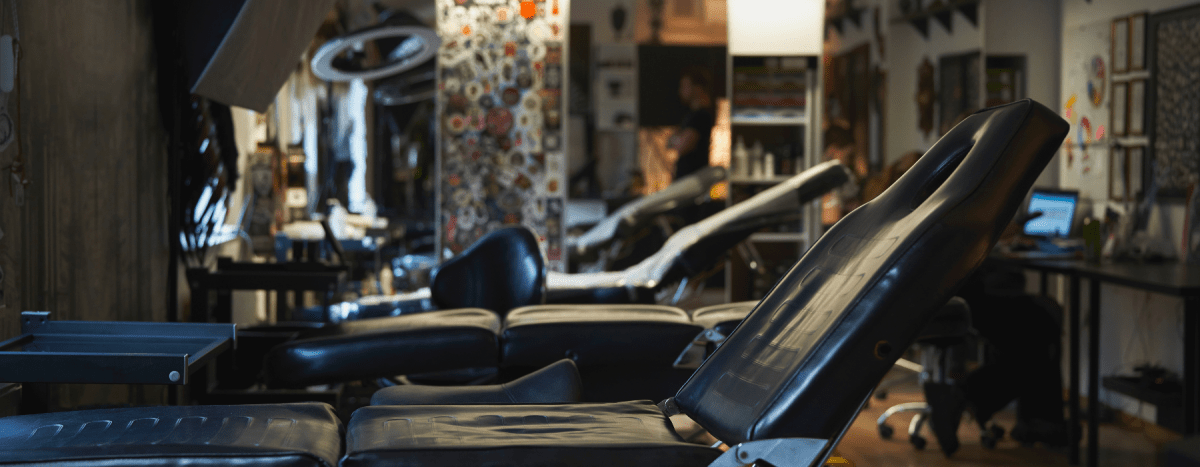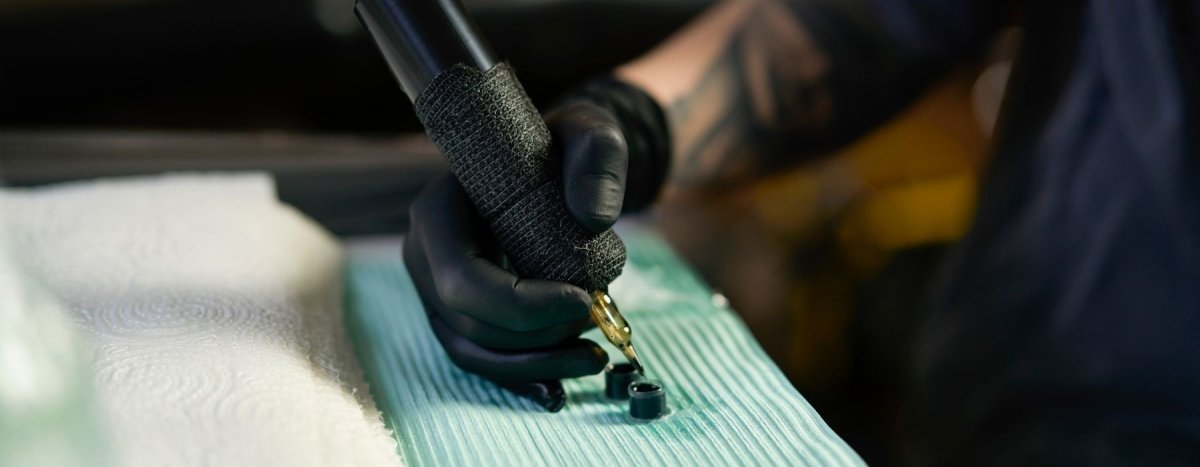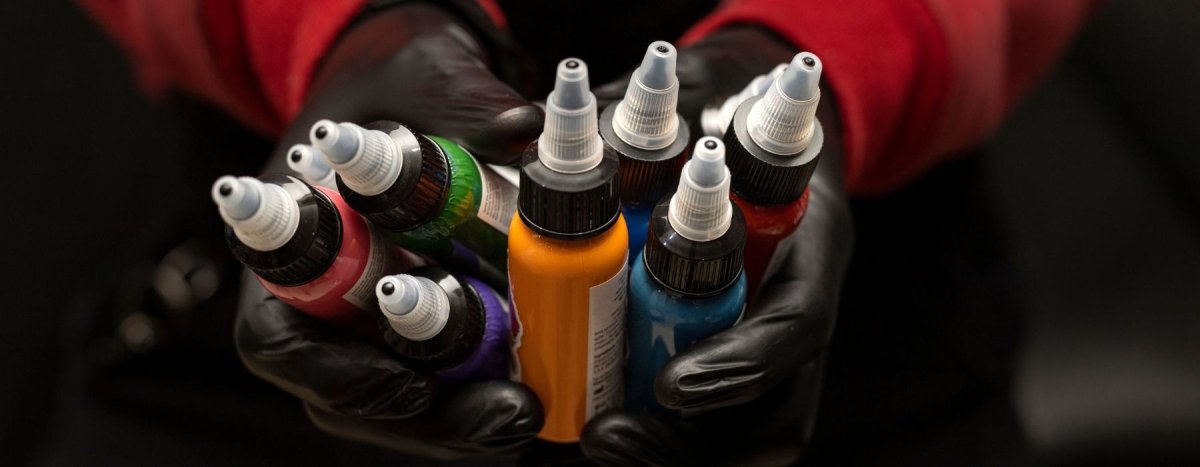Your cart is empty
Looks like you haven't added anything to your cart yet

The Truth About Tattoo Numbing Cream
In today's day and age, tattoos are one of the most common forms of self-expression. These days an increasing number of people are having their skin tattooed to show the world a little more about themselves. However, the pain is not something to be taken lightly for many people. This is when tattoo numbing creams kicked in, offering a less painful process. But, how much of this is hype and are these creams safe? Here, we break down exactly what you are required to know before your next ink sesh.
Tattoo Numbing Cream – What is it?
A tattoo numbing cream is a form of topical anesthetic that can essentially dull your skin's nerve receptors just long enough for the pain from getting a tattoo to be less perceptible. Many of the commercial varieties have ingredients you might also find at a doctor's office for simple procedures—lidocaine, prilocaine, or benzocaine. It blocks nerve signals from getting to your brain when you apply numbing cream, which makes the whole process of tattooing more tolerable. If you have a low pain threshold or are wanting to be inked in a sensitive spot, then this is ideal.
How Can A Tattoo Numbing Cream Even Work?
Numbing creams work because of the active ingredients. Get the Lowdown:
- Lidocaine: This is the most common one, as lidocaine blocks sodium channels in nerve cells, which prevents them from sending pain signals to your brain. The onset is relatively rapid, occurring within 30 minutes with anesthesia lasting up to two hours.
- Prilocaine: Prilocaine always comes with lidocaine (which makes it a great deal faster) and prilocaine is going to be slow but strong by offering long-time numbness. It is, therefore, a better choice for more extended tattooing sessions.
- Benzocaine: This is similar to lidocaine, just not as powerful, and comes in over-the-counter creams made for smaller tattoos or touch-ups.
Do Tattoo Numbing Creams Actually Work?
This will depend on the particular cream you use and where it is that you are getting your tattoo as well as the type of skin, which applies to how effective these creams can be.
Advantages:
- Pain Lowering: These creams work actually well for decreasing discomfort from many individuals. This is a godsend for first-timers or if you have low pain tolerance.
- Greater Focus: If you are not in pain, there will be less squirming, which helps both of your focus on a masterpiece.
Cons:
- Patchy Numbing: Not all areas go equally numb. Not fun.
- Diminishing Effect: The cream may diminish when you are going over a long session, and returning to pain can look like getting stabbed after being without it for so long.
- Quality of Tattoo: Some artists believe such creams can interfere with the integrity of your new ink, which might penetrate differently due to the elastic nature it acquires and not necessarily maintain consistent color.
Is It Safe to Use Tattoo Numbing Creams?
Many people have no issues with these creams, but there are some safety concerns to think about.
Possible side effects:
- Allergic reactions: Some people are allergic to the ingredients and this leads to redness/itchy skin or other more severe reactions.
- Skin Irritation: If you use too much of the cream, you may experience some skin irritation such as rashes or burns.
- Systemic absorption: If you use a lot of cream over a big area, it's possible that it gets absorbed into your blood, causing dizziness or headaches and in very extreme cases, toxicity.
Best Practice Tips:
- Consult With Your Tattoo Artists: Always consult with your tattoo artist before using numbing cream. Some might not want you to use it, or have brand recommendations.
- Patch test: Do a patch test before the big day with creamy and make sure you don't have any reactions to this.
- Read Instructions: Read the instructions of applying cream carefully. You should only use as directed, and NEVER wrap the treatment area with plastic.
Mythbusting Tattoo Numbing Cream:
There are a lot of myths about this cream flying around out there, so let me clarify a few things for you.
Reality Bites:
-
Myth 1: Numb All Your Pain Away
While it can significantly reduce pain levels, numbing creams usually do not put the shots totally at bay. Even when you are numb, it is likely to be a little uncomfortable in the more sensitive areas. -
Myth 2: All Numbing Creams Are the Same
They differ as to potency and what's in them. EG: How long do numbing creams last? You should choose one that is perfect for you in accordance with your need and according to the type of tattoo session. -
Myth 3: You Are Good Enough And Do Not Need Any Numbing Cream Before Getting A Tattoo
Even some of the veteran tattoo fans might prefer to use a numbing cream, especially if they are going in for detailed and larger designs or areas that have more sensitive skin! We all may have a different pain tolerance, and there is nothing wrong with wanting it to be less painful.
Selecting A Tattoo Numbing Cream:
If you intend to use a numbing cream then it is essential to choose the right one.
Things to Look Out For:
- Active Ingredients: Choose creams with lidocaine as they are the most conducive.
- Strength: Increasing strengths of lidocaine (up to 5%) can lead to better pain relief, but they also should be used cautiously.
- Brand Reputation: Consider creams by reputed brands with positive reviews. Stay away from any product that does not have good labeling.
- Tattoo Artist Recommendations: Certain tattoo artists have preferences based on their years of practice therefore take the recommendations also into account before choosing a product.
Conclusion:
Tattoo numbing creams can be a great way to reduce the pain of getting inked. However, people should be careful to evaluate the risk-benefit consideration for their skin type and consult with a tattoo artist that may recommend a good-quality product. Just keep in mind that while these creams do a great job at taking some (or all) of the sting out of getting inked, they are no cure-all and needle pain is very much part of having the best tattoo experience. By learning the facts of tattoo numbing creams, you will prepare yourself to make a wise choice whether it is your first or another piece leading towards building and upgrading that collection as well as making sure tattoo pain relief for your next ink session goes off without a hitch.
Featured Blogs
- Choosing a selection results in a full page refresh.




